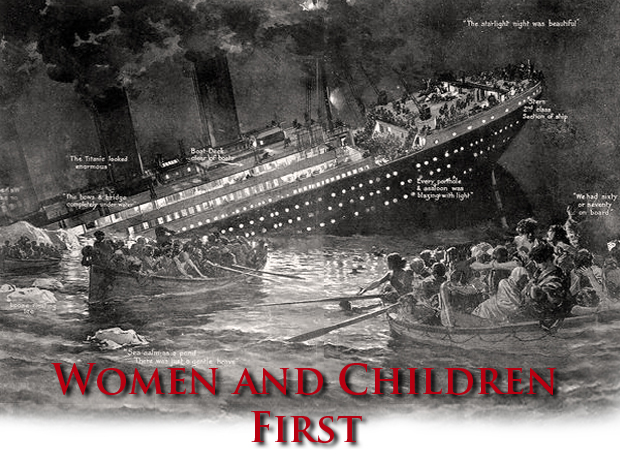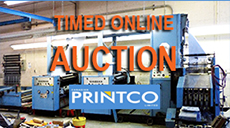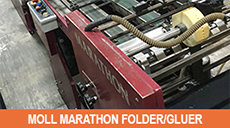
|
|
| Home › Articles › Here |
  |

|
||||||||||||||
| By: Nick Howard | Date: February 2011 | Contact the Author |
|||||||||||||||
| The date April 14, 1912, seems meaningless
at first, but most people are
acutely aware of the events that transpired
on this day, close to midnight, as
the then world’s largest passenger liner
brushed an Atlantic iceberg 400 miles
south of the Grand Banks of Newfoundland.
For the next century, the story of
the Titanic, of both gallantry and cowardice,
has been told in countless books
and movies, articles, music and plays. Maritime emergency drills strike me as an interesting parallel to our industry. During seaboard training, crew members practiced hard and long on what to do when a ship is in distress. Keep your head, and your passengers, calm. Provide them with all available life support, including efficient access to life boats. Countless drills practiced over and over again are invisible to the client, who should have a seamless trip. Then disaster strikes – the real thing – and pure panic hits the crew, passengers, pets, anything and anyone on that boat. All of the drills and practice, detailed emergency procedures, best laid plans, fall by the wayside. And sometimes, as with the Titanic, women and children are not always put first. The crew sometimes jumped into boats and grown men forget chivalry in favour of survival. Panic, which can quickly turn into outright terror, simply causes people to do things they normally would not. Companies in today’s capital equipment business, press manufacturers for the printing industry, currently face such panic out in the marketplace, that you would almost think they are employees of the White Star Line tasked to the maiden voyage of the Titanic. Price of persuasion In manufacturing centres like Germany and Japan, a traumatic toll has indeed played havoc on the traditional methods of supplying equipment. Suppliers at one time controlled the process of supply and delivery. Machine installations were detailed, almost exactly. Many people with different skills would arrive to commission your press. This would usually including a brief stint with experts flown in from headquarters as well. The printing industry within all modern economies is hard pressed and this pushes manufacturers to do more for much less. As I discussed in my last column, the bubble effect has not hit other developing countries yet, but it will in time. There is extensive catch-up press technology needed in most of the developing world, and this only provides a brief respite in the global print game for the press makers. Over the past two years, all of the major press manufacturers, even those who show positive numbers in developing countries, have been forced into relatively quick contractions. Unlike other industries, where rapid increases in speeds and performance are more constant, new manufacturing is not growing in either sheetfed and web press production numbers. There is no time, even less money, it seems to go through all of the installation or acquisition checks and balances. The industry at large is no longer willing to pay for so called traditional R&D spend and bygone manufacturing costs. As result, what was once a well orchestrated situation, purchase and installation practices have turned into pure pandemonium. It is now survival of the fittest, as if floating on a distressed ship lost in the high seas. Certainly the economy and maturation of online content, published on either mobile or wired Internet- enabled computers, have greatly compounded the current panic in the printing industry. Is this the End? Quick opined answer: No. As a company that has had to deal with the realities of the Internet I see great possibilities. As an industry, in general, most involved in printing realize the communications environment needs to shift some of its focus back to printing, and its ability to remain as a sound medium relative to the internet. It is not, of course, so much that we need to convince ourselves on the effectiveness of printing, but rather convince more potential buyers of print. Cost of delivery Our opportunity to invigorate the buyer is at hand again. Nothing beats a great printed piece arriving by mail. As great an impact as email has had on our society over the past decade, email as a sales tool also has severe limitations. In fact, email, when used as a sales tool can quickly become its own worst enemy. I would argue that email, once the great direct marketing tool for delivering personalized messages, has become a tool for reaching the masses – even more so than today’s data-driven printing. I think it is safe to suggest that the average working North American will get literally hundreds of unsolicited emails every week, offering everything from light bulbs to vacations. Even without considering the impact of junk filters, the problem with people now all but ignoring unsolicited emails will only continue to grow, as the opt-in bylaws cannot be governed, computer gurus better automate their addresssearch bots, and as third-party contact lists pick up more and more names. Like most businesses, my company understands printing’s major advantage over email, in that physical addresses change far less regularly than virtual ones. |
|||||||||||||||
|
|||||||||||||||





